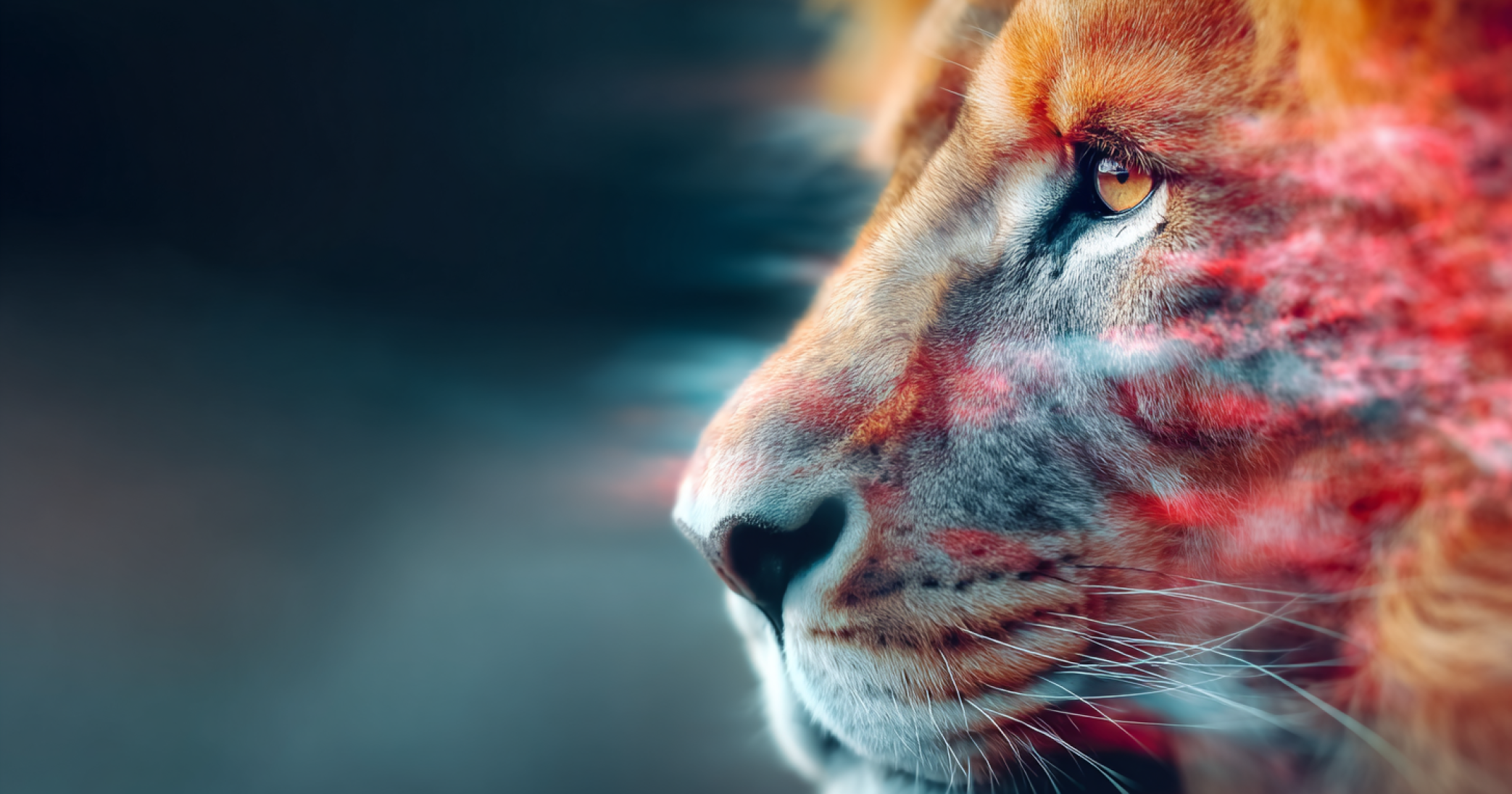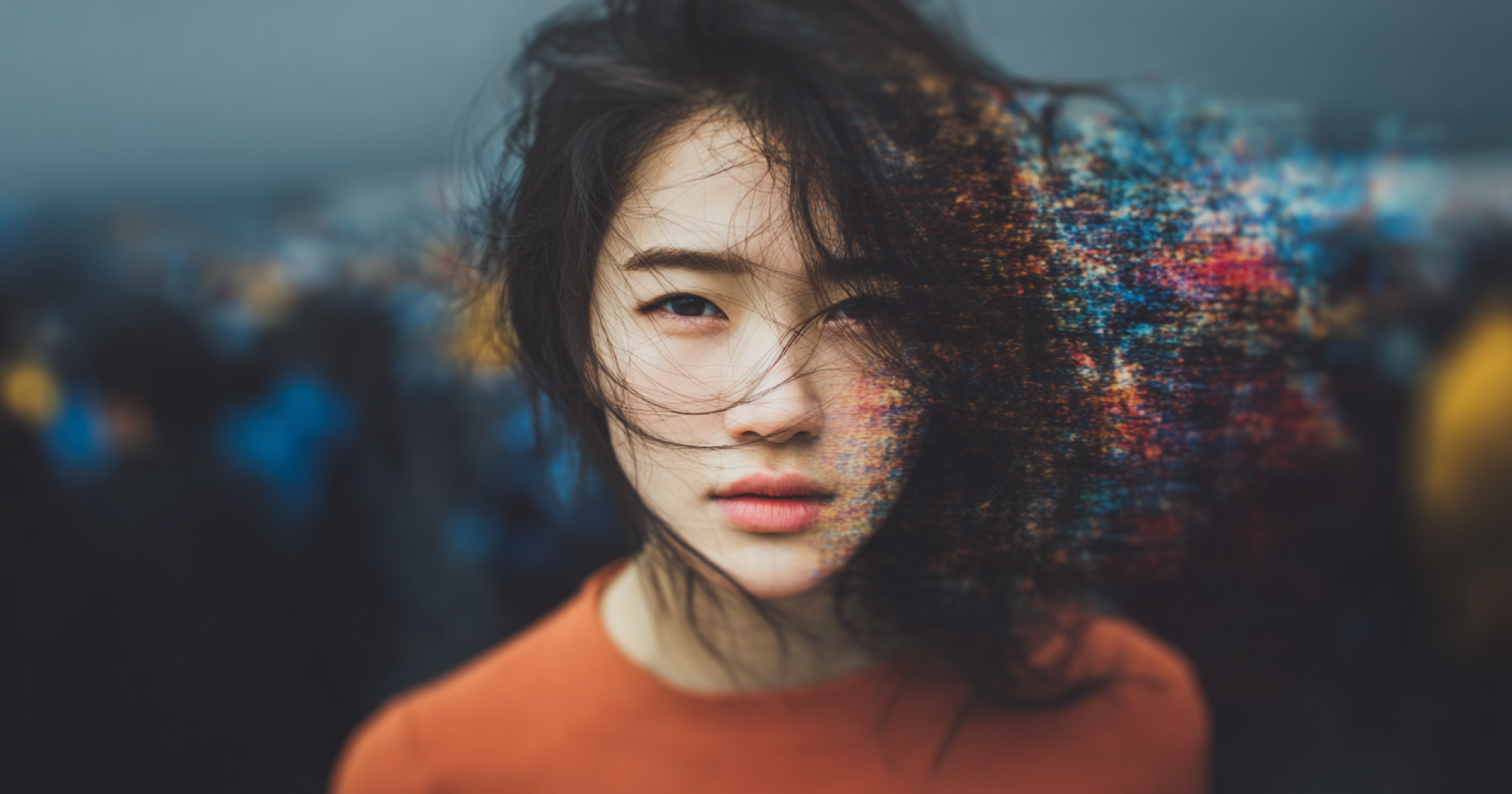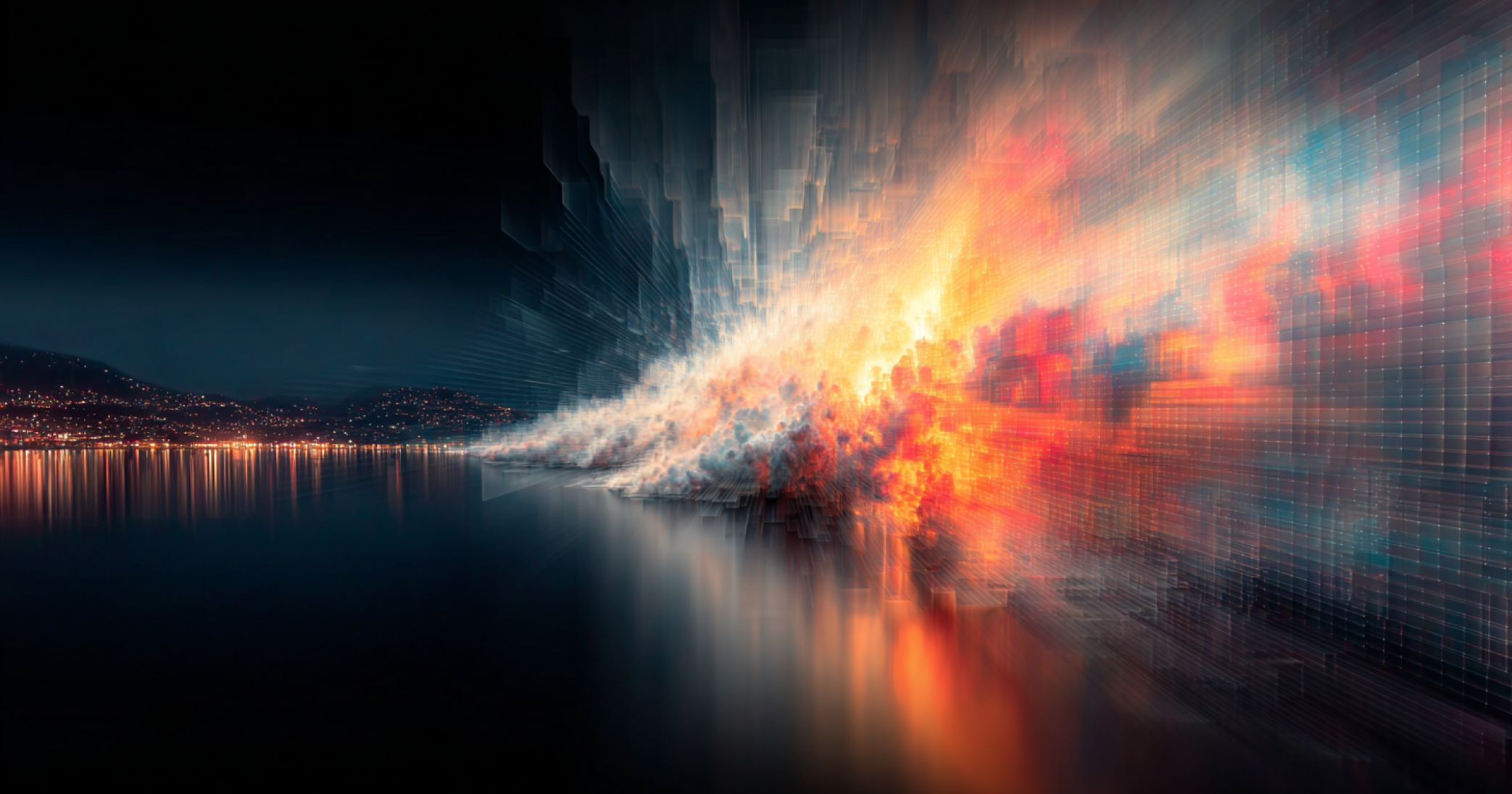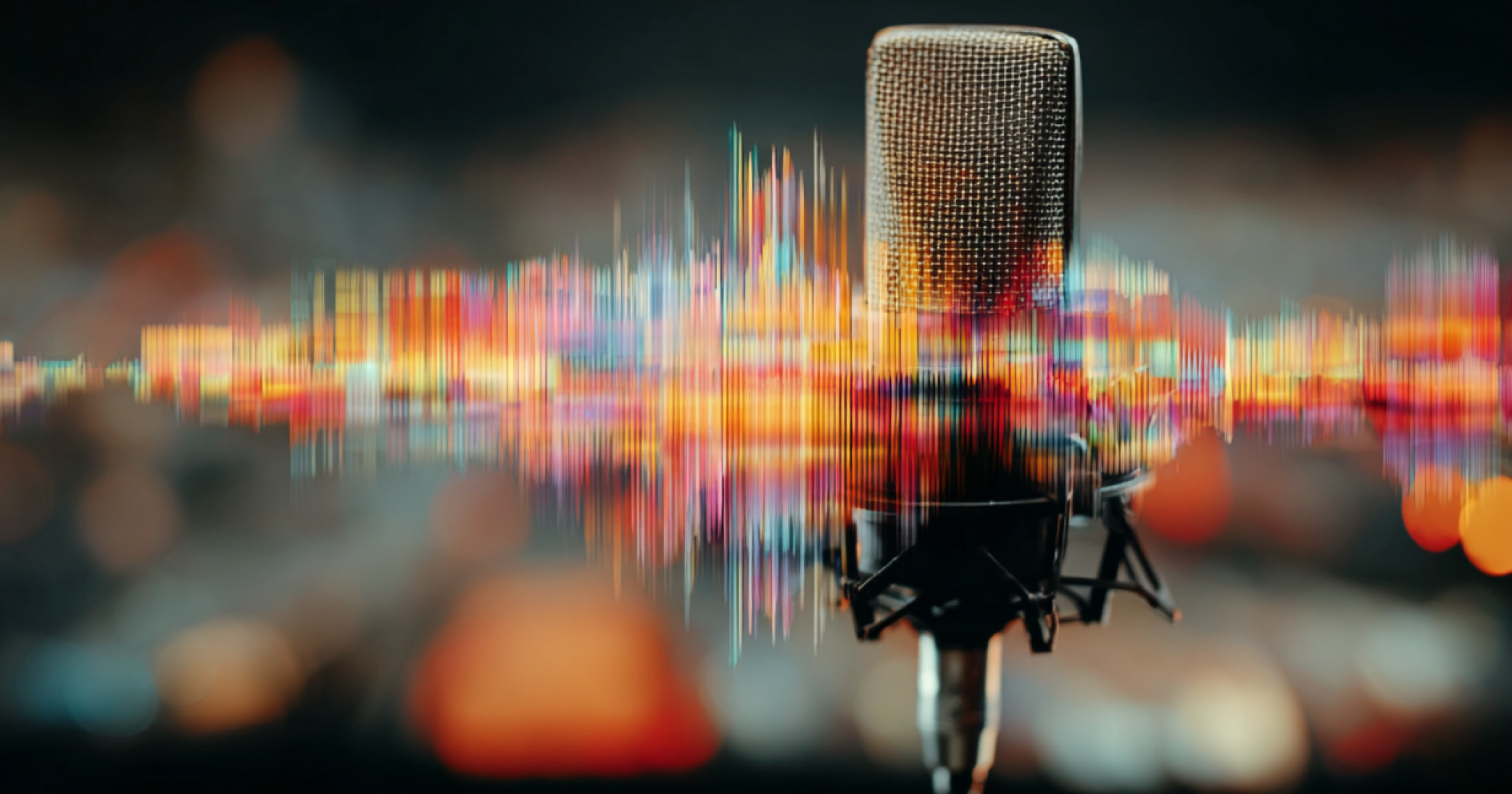What is Sora 2 and why is it causing controversy?
Imagine being able to digitally replicate Bryan Cranston’s voice or the face of a famous actor with just a few clicks. That’s exactly what’s possible with modern AI models like Sora 2. Sora 2 is a new AI model that can generate not only images and voices, but even complex characters—so realistic that even professionals have to look twice. No wonder Hollywood and the media industry are sounding the alarm. The technology is in the spotlight and causing debate around the world, particularly around the question of who really owns digital identities.
Deepfakes, voice cloning, and AI characters: How does the technology work?
The term “deepfake” refers to digitally manipulated media content in which AI, for example, replicas a person’s face or voice with deceptive realism. With so-called “voice cloning” systems, it is even possible to generate individual sentences in the voice of a celebrity – without their involvement. Sora 2 goes even further: Based on huge databases of videos, audio recordings, and images, the AI can independently create new, unprecedented characters. This means that, in theory, anyone can create a “virtual Bryan Cranston” and incorporate him into movies, commercials, or even political messages. The underlying technology is based on machine learning, in which algorithms recognize and imitate patterns in real data. The more material available, the better and more credible the result.
The copyright problem: Who owns the digital voice and face?
This is where it gets exciting—and complicated. Traditional copyright law protects works such as music, texts, and photos. But what happens when AI generates a new voice from millions of clips? Who owns that voice? Bryan Cranston, the real person? The developer of the AI? Or no one at all? In most countries, there are hardly any clear regulations yet. This means that many celebrities run the risk of having their voice or face used without their consent or control – whether in films, advertising, or even fake news. For ordinary users, this means that the boundaries between “real” and “artificial” are becoming increasingly blurred. The problem is so serious that organizations such as the US actors’ union SAG-AFTRA and companies such as OpenAI are now working together to develop rights and protection mechanisms for digital identities.
The reaction of celebrities and the film industry
Hollywood is not standing idly by. Bryan Cranston and many other well-known actors are actively campaigning to protect their voices and appearances. SAG-AFTRA is calling for clear rules and technical safeguards to prevent AI tools such as Sora 2 from infringing on personal rights without permission. OpenAI, the company behind Sora 2, is now working with the union to find solutions. The goal is to strengthen control over one’s own digital identity and prevent abuse. The industry is discussing licenses, warning systems, and even new laws. The topic is so topical that it is being hotly debated at major industry events and in the media.
Ethical challenges and the future: What does this mean for you?
The AI revolution doesn’t just affect celebrities. It affects you too, because the line between reality and fiction is becoming increasingly blurred. What if someone digitally copies your face or your voice? How can you protect yourself? Experts recommend handling your own data sensitively and paying attention to new protection mechanisms. At the same time, AI technologies open up exciting new possibilities—from virtual avatars to personalized media. But the question remains: How much control do we want and can we retain? Society faces the task of developing new rules so that AI does not become a threat to our identity.
Conclusion: Opportunities and risks of AI in the media world
Artificial intelligence such as Sora 2 is fundamentally changing the media world. It opens up creative possibilities, but also poses serious risks to copyright and personal rights. The debate about deepfakes and voice cloning shows that we urgently need clear laws and technical solutions to protect digital identities. For technology fans, the future remains exciting, but also challenging. Stay informed, keep an eye on new developments, and always question what is real and what is not.
Sources:
https://www.theguardian.com/technology/2025/oct/21/bryan-cranston-sora-2-openai























